H2k-Gaming has been doing quite well at the start of the season. With a 4-2 record in series play, their two losses have been to the undefeated teams Unicorns of Love and G2 Esports. What has been most impressive is H2K’s ability to consistently get early leads, which has been key to their success. H2K currently averages a 1,233 gold advantage at 15 minutes (+1,730g in wins/+240g in losses). Let’s take a look at how H2K has been getting these early game advantages.
How do teams gain an advantage? This question is seemingly self-explanatory, but it actually has a lot of depth within the answers. The simple and obvious answers would be things such as getting kills, towers and just outfarming the opponents. However, much more nuance is required when discussing where and how these teams make those things happen. Whether it be through favorable lane match ups, or simply outplaying their opponents, first blood is typically the starting point for a team to build their lead. When you think of first blood, the first name you should think of is Marcin “Jankos“ Jankowski, or “The First Blood King.” H2K leading the league with an 80 percent first blood rate would not surprise most who have seen Jankos in action, but the way they’ve been getting first blood is where things get interesting. Jankos has only participated in five (42 percent) of H2K’s first bloods, which is the second lowest team first blood participation for a jungler in the league, excluding Mads “Broxah” Brock-Pedersen who has only played in a single series. The only jungler Jankos is above in this aspect is Jonas “Trashy” Andersen, who has participated in none of the three first bloods Splyce has obtained. Jankos being involved in less than half of his team’s first bloods is quite unusual, but a look to H2K’s bottom lane will explain it all.
Coming into the split it was announced that Sin “Nuclear” Jeong-hyeon and Choi “Chei” Sun-ho would be joining H2K as their new adc and support respectively. While H2K was pretty successful with an import in Yoo “Ryu” Sang-ook, we’ve seen in the past that western teams aren’t always able to successfully integrate foreign players into their teams. This doesn’t seem to be a problem, as Nuclear and Chei fit right in with H2K’s dominance in the early game. With seven first bloods the duo has a 47 percent first blood rate, the highest of any individuals and more first bloods than most entire teams in the league. So while Jankos might not be the one setting off games, it’s important to note their bottom lane, mid laner Fabian “Febiven” Diepstraten and top laner Andrei “Odoamne” Pascu have all gotten solo or 2v2 kills for first blood. It really has been H2K crushing lanes rather than Jankos being unable to find his openings. If we consider that and take a look at the first jungler to participate in a kill, Jankos is beating the enemy jungler in two-thirds of the games. He certainly still has that early gank prowess, it’s just that H2K’s lanes can handle things on their own most of the time.
While first blood is a great way for teams to start, the first tower is often the real breaking point where teams can pull ahead. If H2K’s 80 percent first blood rate wasn’t enough, they have an 87 percent first tower rate with only Vitality and G2 each getting the first tower in games over H2K. The average time H2K takes the first tower is 13:19, which is reflected in their consistent gold leads by 15 minutes. An important note is that H2K shows heavy priority in getting these first towers. Of course kills often translate into getting damage on the enemy towers, but that isn’t the only way H2K has been finding these opportunities. While most teams rely on those death timers to take down towers, H2K has shown very intelligent decision making in terms of when they can group to quickly decimate a tower just off of their opponents going to base.
While H2K as a team has plenty of room to improve, they’ve shown an unparalleled level of play in the early game. With all three lanes having the potential to take over the opponent, H2K has shown that they can switch up which lane they want to play off of, giving them a tremendous amount of draft diversity. This versatility allows H2K to adapt their drafts according to their opponents, allowing them to prey on the weakest lane in the opposing team while being able to withstand losing match ups when necessary. While their leads don’t always translate into victory, more often than not we’ve seen H2K running away with games off of their early advantages. With three players being new to the team, and two of them from Korea, it’s only natural that late-game communication could be an issue. With two of their toughest series out of the way, I think we’ll see H2K continuing to improve as their team has time to work on things such as late-game communication and macro-play. While they aren’t abysmal in the late game, improving things like basic baron control and team fight engages will go a long way when you’re consistently entering the late game with a gold lead. We can look forward to H2K’s match against their second place counterpart in Misfits, who have been looking like the second best team in the early game, whereas the top teams of G2 and UoL aren’t the strongest. If H2K is able to showcase this kind of early dominance against another top team there will be no doubt they that are truly the kings of the early game.
Do you think H2K are the kings of the early game? Let me know @calvinbwitt and follow @GAMURScom for more League of Legends content.



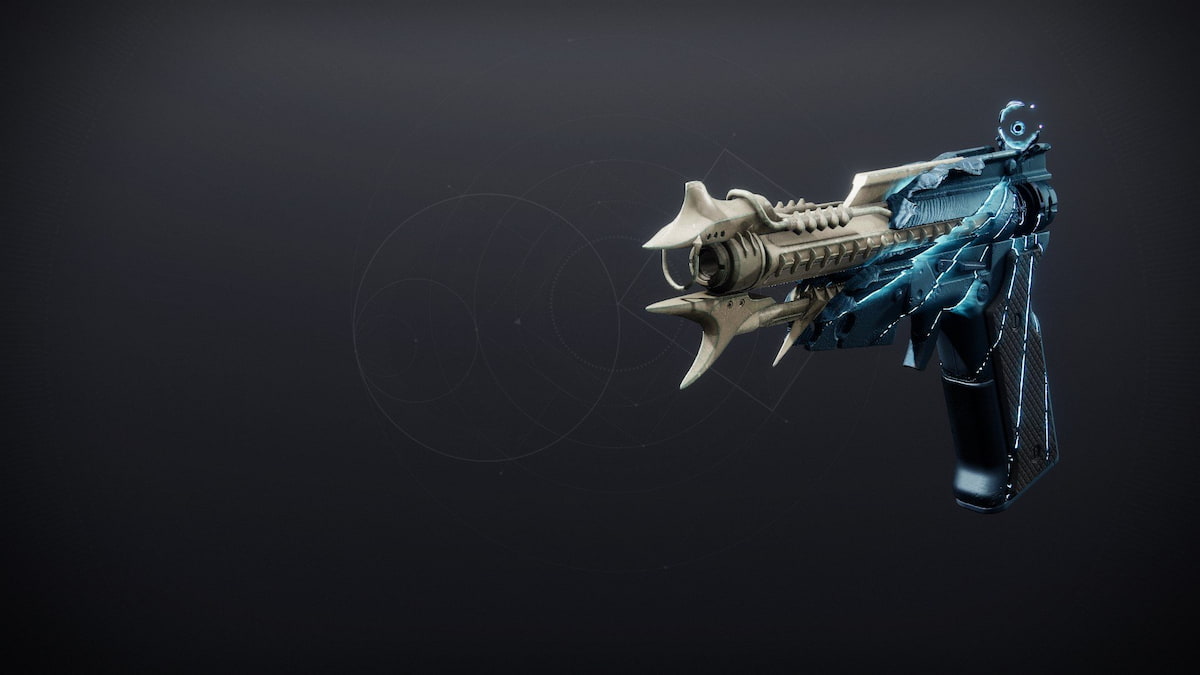
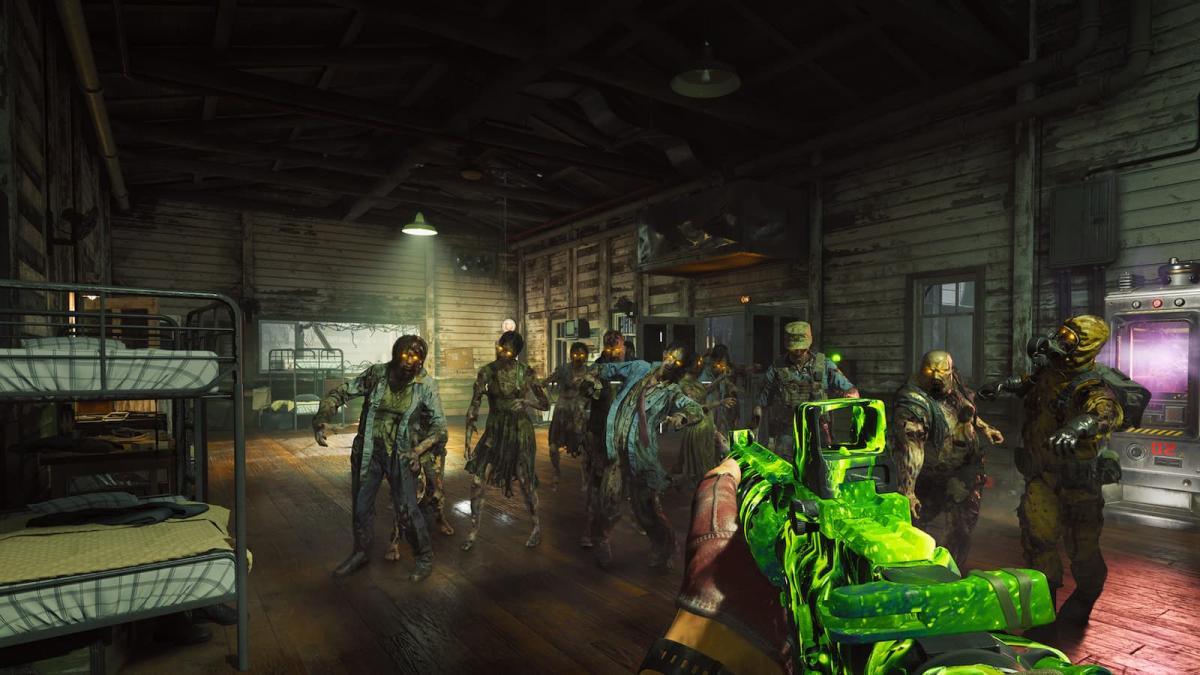
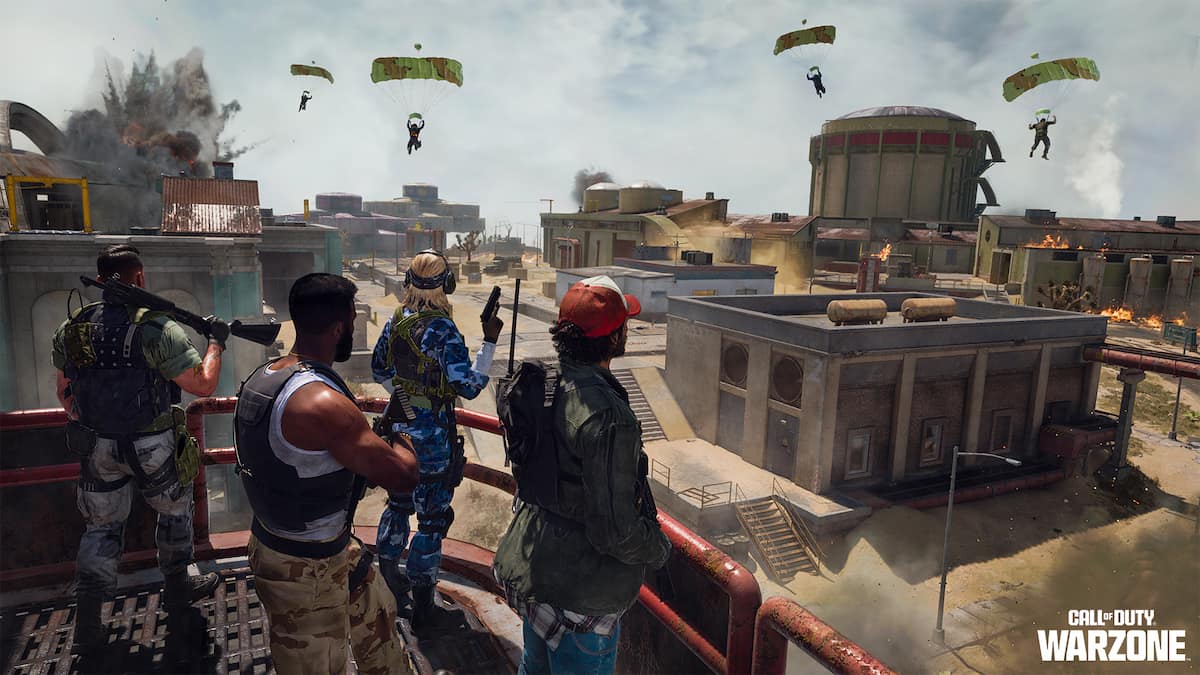
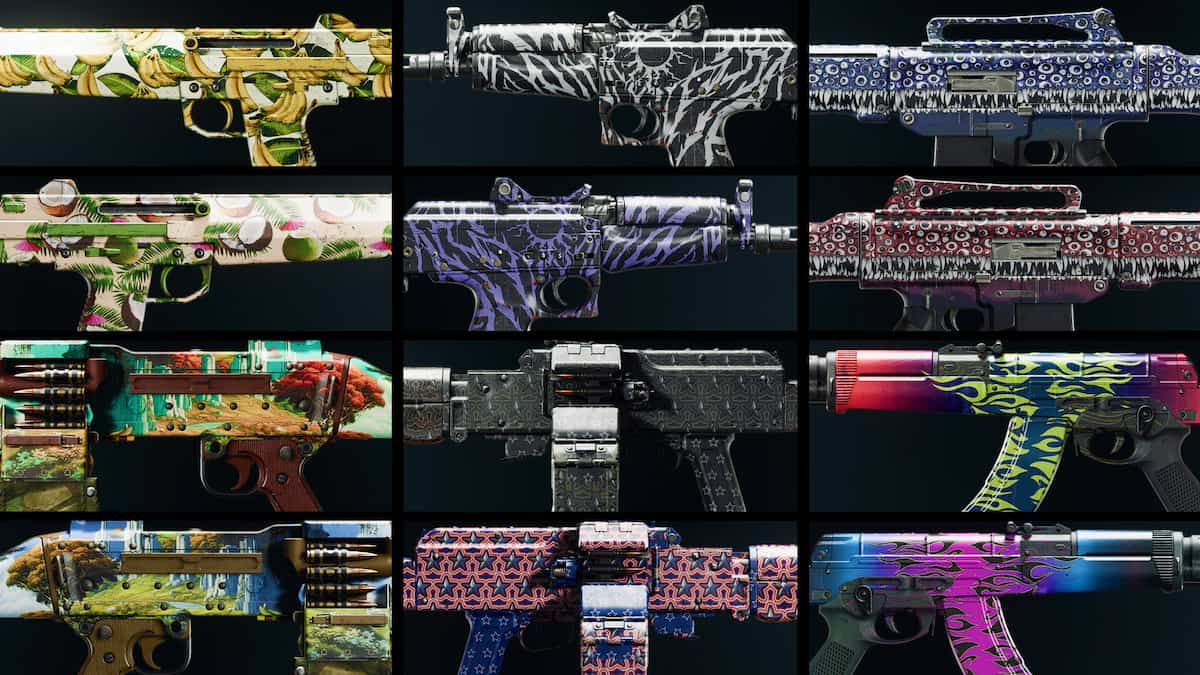

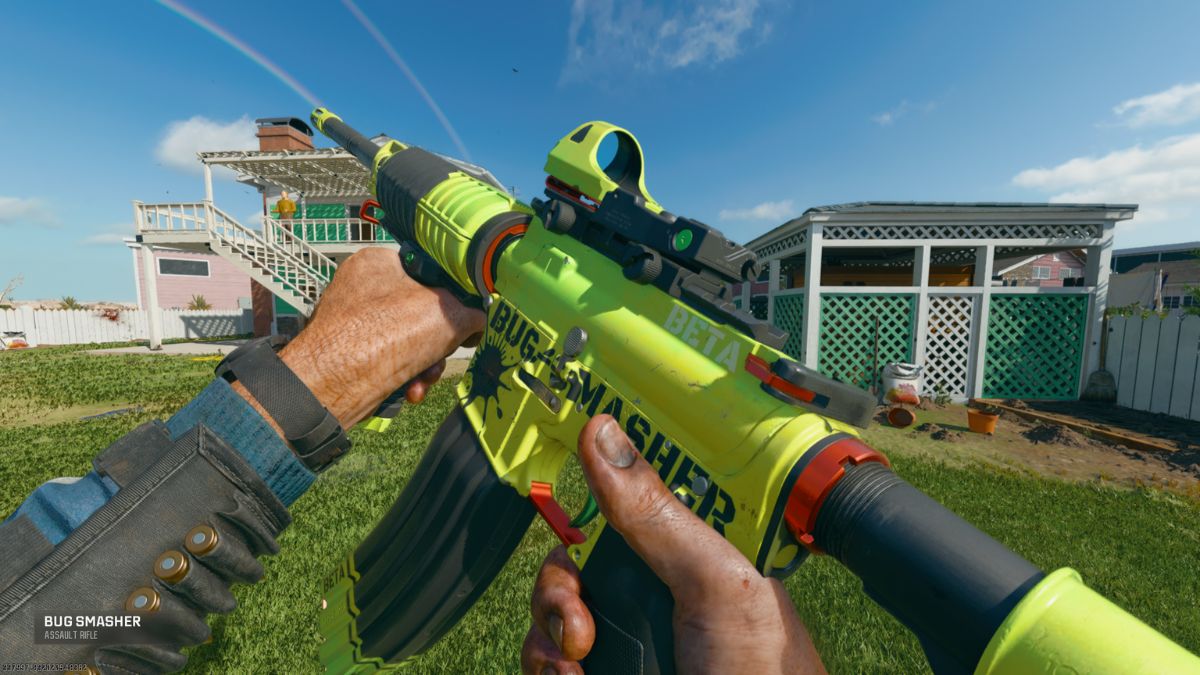


Published: Feb 15, 2017 06:07 pm